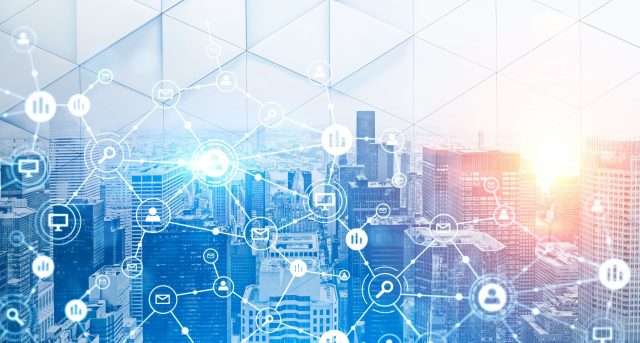The remainder of 2020 is sure to bring with it a number of changes. The security industry will be challenged to adapt to the new world, post COVID-19 and to continue to evolve its solutions. A post pandemic world is sure to bring with it a number of new technologies and security trends – as the way we do business, as well as live our personal lives, will be impacted.
With this in mind, we asked some of our members what technology/security trends they think might emerge in the coming months:
Stuart Rawling, Vice President of Technology and Customer Engagement, Pelco
Realistically, the nature of the security business has already started changing with the emergence of this pandemic as leaders realize the shortcomings some of their security technology has when addressing current challenges. One of these is the ability to incorporate additional sensors and devices aimed at providing more intelligence for security operators — especially when remotely accessing video data and other security tools. Without the ability to incorporate various technologies into a centralized platform that drives intelligent decision-making (which is often done by designing platforms using open standards), security leaders face the added difficulty of making decisions without all of the relevant data available to them. Response without proper levels of oversight leads to inefficient use of resources and could ultimately leave a facility even more vulnerable.
Jon Marsh, Vice President, Product, Oncam
The post-pandemic world will likely include new guidelines that organizations will have to follow to create a safe space for employees and/or customers, which can be achieved through smarter use of technology, including video surveillance. The widespread adoption of panoramic surveillance tools, especially 360-degree cameras, offer security leaders the ability to have a comprehensive view of a location without blind spots. It can help reduce the number of cameras needed and provide views that increase total situational awareness. The incoming video data can also be used in conjunction with analytics software to help track where people are moving through people counting or heat mapping, helping mitigate crowding or chokepoints within a given location.
Daniel Gundlach, General Manager of Critical Infrastructure, FLIR Systems
Enterprises with large employee and customer populations are shifting their attention to best practices that will proactively protect their workforce as they reopen. Airports, venues and retailers with large warehouses are all examples of enterprises integrating radiometric thermal solutions into their access control and security protocols, with staff using handheld or fixed-mounted thermal cameras to screen people for elevated skin temperature at key checkpoints. As more businesses experience the benefits of thermal cameras, we anticipate greater adoption of thermal cameras at the perimeter for intrusion detection; thermal cameras at facility entrances for screening for elevated skin temperature; and thermal cameras inside facilities for condition monitoring.
Pedro Vasco Simoes, Chief Executive Officer, IndigoVision
COVID-19 is accelerating innovation across all industries and we’ve seen an incredible response from our own industry that is going to make a material difference on the lives of people across the world. We have a key role to play in helping organizations get back on track by creating healthy and safe environments that give employees and customers the confidence to re-start their normal activities. Speed of response, efficiency and the need for intelligent outputs will be greater than ever across a wide range of verticals, so we can expect to see an accelerated roll-out of BI, AI and automated procedures.






